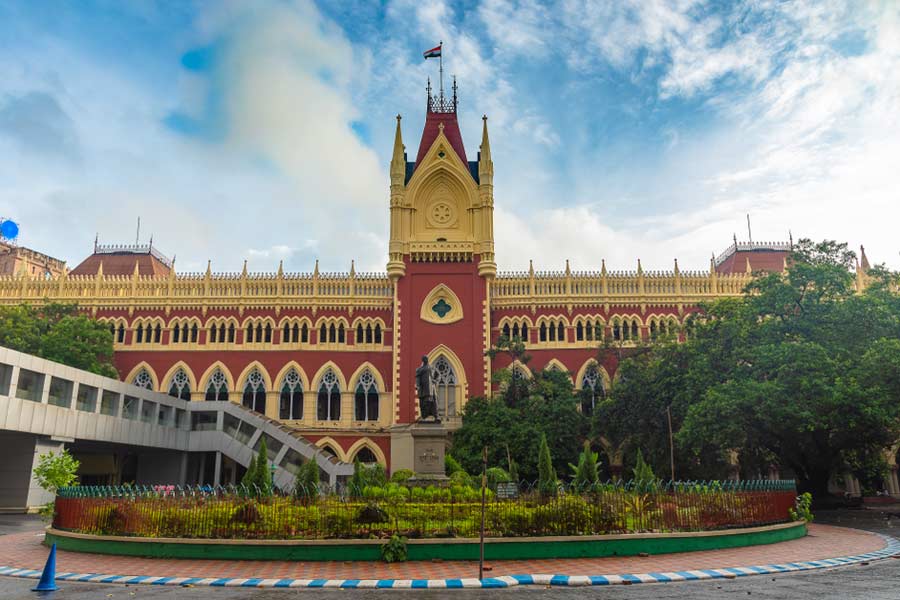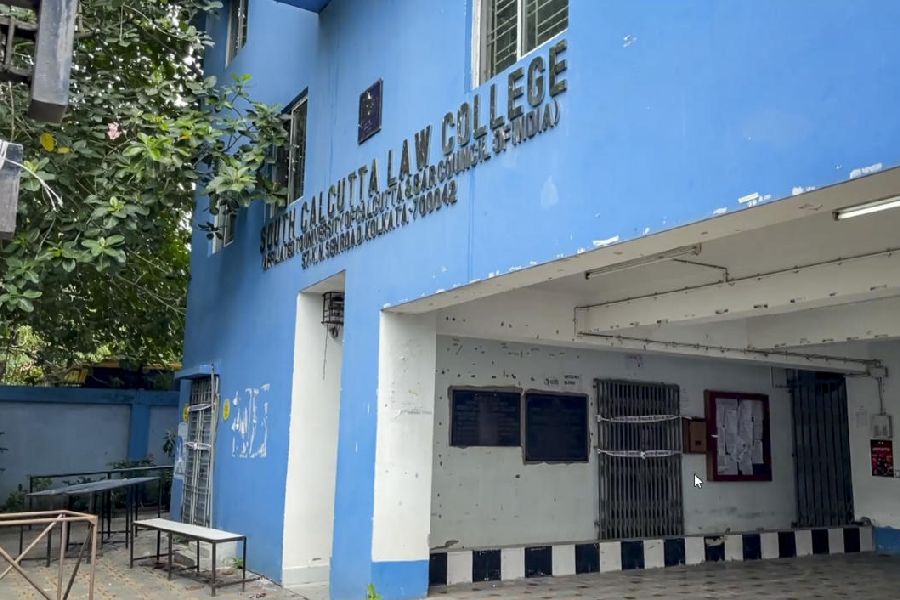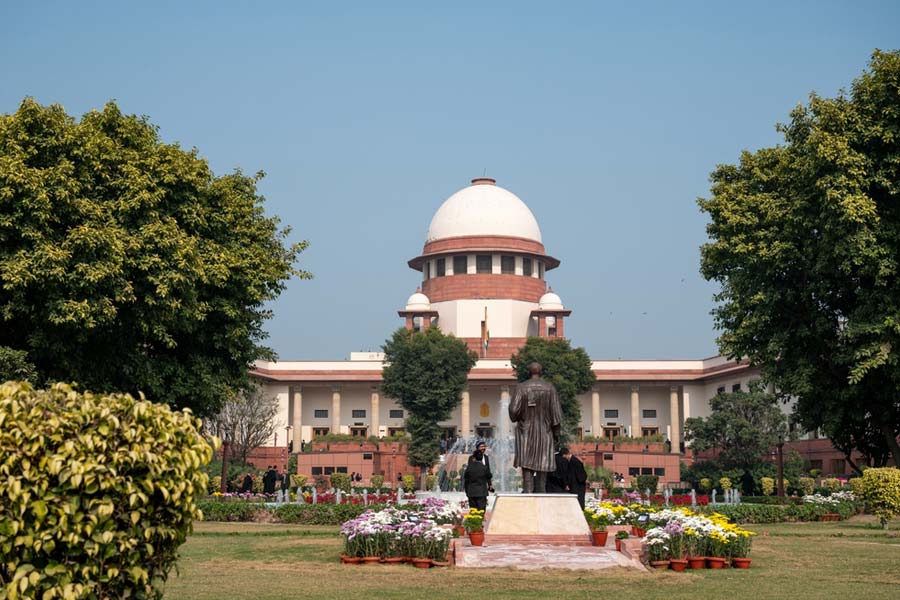 |
The civic body has finalised the area-wise property tax structure which will soon be announced for the residents to record their objections or suggestions, if any.
The Calcutta Municipal Corporation — following a prod from one of its prime lending agencies, Asian Development Bank — has decided to introduce the new tax code and abolish the half-a-century-old system of calculating property tax on the basis of a building’s notional rent, a practice deemed arbitrary.
Under the new scheme, called unit area assessment, the 187sq km of the city area has been divided into 262 blocks which come under seven tax zones — A to G.
The annual tax for residential buildings will be the highest (Rs 4-5 per square foot) in Zone A, which includes the central business district and Park Street, and the lowest (Rs 1.4 per square foot) in Zone G comprising Metiabruz, some wards of Behala, the eastern fringes of the city and the areas dominated by hutments.
Once the unit area assessment is enforced, the owner of a 1,000sq ft residential unit in Park Street will have to pay Rs 5,000 as annual property tax. The corresponding figures in Ballygunge Place, Jadavpur and Topsia will be Rs 4,000, Rs 1,600 and Rs 2,500, respectively.
A CMC official said property-owners will get to know details of the tax structure from the borough and other civic offices and also by logging into kolkatamycity.com. “Based on the owners’ suggestions or objections, we may modify the tax structure.”
A seven-member municipal valuation committee set up by the state government in 2007 finalised the tax structure taking into consideration certain factors related to each of the 262 blocks, such as road width, drinking water supply, street lights, underground sewerage and accessibility to markets.
A civic official said the members of the valuation committee included Bikas Sinha, a former chairman of the National Statistical Commission, legal expert D.N. Banerjee, chartered accountant Abhijit Pathak and taxation and valuation expert K.K. Chakraborty.
“A key feature of the new system, which received legislative approval on December 22, is that it is based on equity and rationality,” said mayor Bikash Ranjan Bhattacharyya.
In the existing system, the property tax is calculated as a percentage of a building’s notional rent or the amount the structure would fetch if let out. Since there is no objective criteria for arriving at the notional rent, property owners are at the mercy of the civic inspectors who calculate the tax.
Civic chief manager (revenue) Aniruddha Mukherjee said: “Once the unit area assessment is introduced, property owners will not be at the mercy of the inspectors’ whims. In the new regime, which is based on uniformity, some property owners will have their taxes reduced while others will have to pay more.”
A house-owner in central Calcutta added: “The present system encourages corruption. Two buildings of the same size and in the same neighbourhood are often found to have been assigned different notional rents.”
Also, unlike in the existing system, the new regime will differentiate between old and new buildings.
Introduction of the area-wise tax system was one of the conditions set by the Manila-based Asian Development Bank when it sanctioned a $220m loan to the CMC in December 2001 for the Calcutta Environment Improvement Project.
“If the commitments in loan covenant are not honoured, international funding agencies may stop providing soft loans for the city’s development. The loan covenant was signed by the Centre, state government and the civic authorities,” municipal affairs minister Asok Bhattacharya said.










